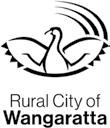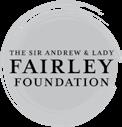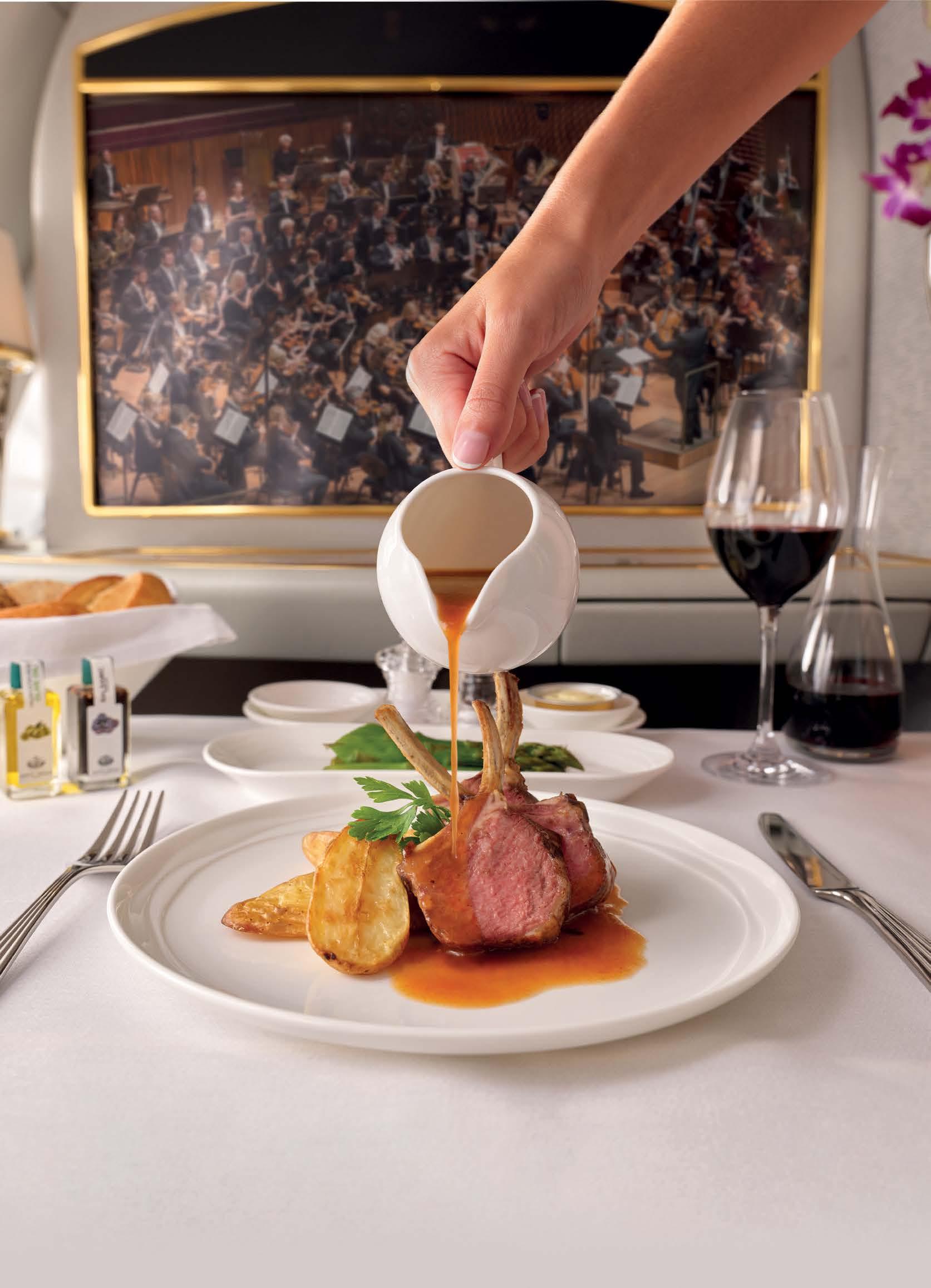Four Bassoons Program



Artists




Artists
Sunday 4 May at 11:00am
Iwaki Auditorium, ABC Southbank Centre Program
Jack Schiller bassoon
Elise Millman bassoon
Natasha Thomas bassoon
Brock Imison curator, contrabassoon
with
Sarah Curro violin
Philippa West violin
Fiona Sargeant viola
Rohan de Korte cello
Ben Hanlon double bass
Brock Imison after W.A. Mozart
Mozart Suite for four bassoons [20’]
I. Overture to The Abduction from the Seraglio
II. Queen of the Night Aria from The Magic Flute
III. Adagio from Piano Concerto No. 23 in A, K. 488
IV. Act II Finale from Don Giovanni
Wynton Marsalis Meeelaan [20’] for bassoon and string quartet
I. Blues
II. Tango
III. Bebop
Interval [20’]
Giovanni Battista Riccio Sonata a 4 [5’] arranged for four bassoons by Brock Imison
Gerard Brophy Four Branches [10’] for three bassoons and contrabassoon
Kees Olthuis Introduction and Allegro [17’] for bassoon, contrabassoon and string quintet
This concert begins with Deborah Cheetham Fraillon’s Long Time Living Here – a musical Acknowledgement of Country – in a special arrangement by Brock Imison.
Bassoon display onstage by the MSO and Brock Imison
Baroque contrabassoon courtesy of Pinchgut Opera
Running time: 1 hour and 50 minutes, including interval. Timings listed are approximate.
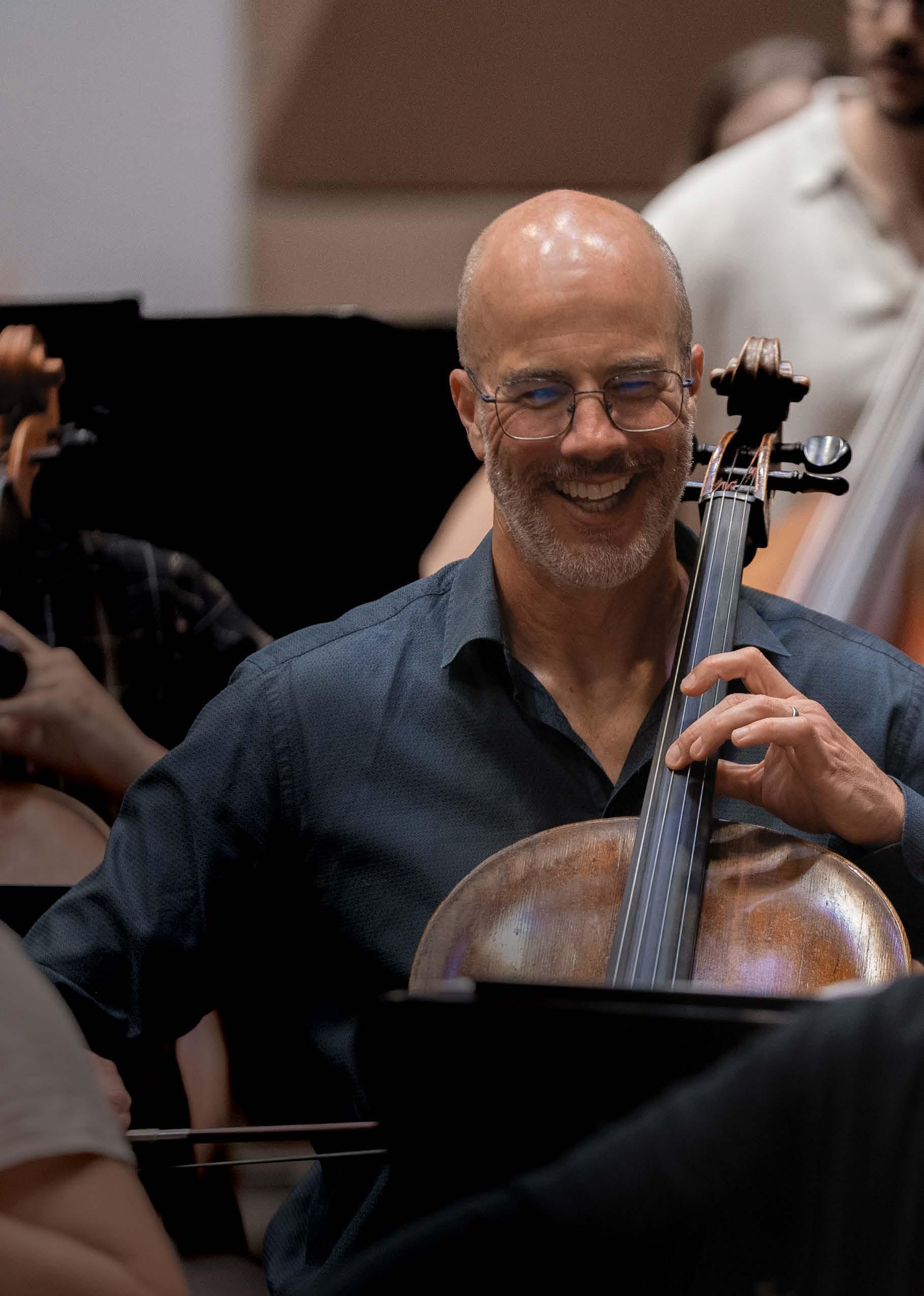
Extend your musical journey through the MSO’s Patron Program.
An annual donation of $500 or above brings you closer to the music and musicians you love. Enjoy behindthe-scenes experiences and exclusive gatherings with MSO musicians and guest artists, while building social connections with other music fans and directly supporting your Orchestra.
Scan the QR code to become an MSO Patron today.

Bassoons are one of the world’s most curious family of instruments. Sticking out of the back of the orchestra like wooden periscopes, bassoons and their titanic larger sibling, the contrabassoon, are constructed from several metres of wrapped maple tubing and covered in an alarming number of silver keys.
With a huge range of notes, the bassoon possesses the ability to play all parts from soprano to bass. Composers have exploited the vastly different characters and emotions the bassoon conjures – from the most devastating melancholy to distant other-worldly effects, and everything in between including, of course, comic relief.
Despite their immense size, bassoons are ironically gentle beasts that can be overwhelmed by their more boisterous neighbours in the orchestra. In this concert we present the entire MSO bassoon section with friends from the string section in a program of chamber music centred wholly around the bassoon.
With music from the Renaissance to the modern era, this program is a rare opportunity to experience the bassoon and contrabassoon up close and to hear these instruments in all their reedy glory.
Brock Imison MSO Principal
Contrabassoon

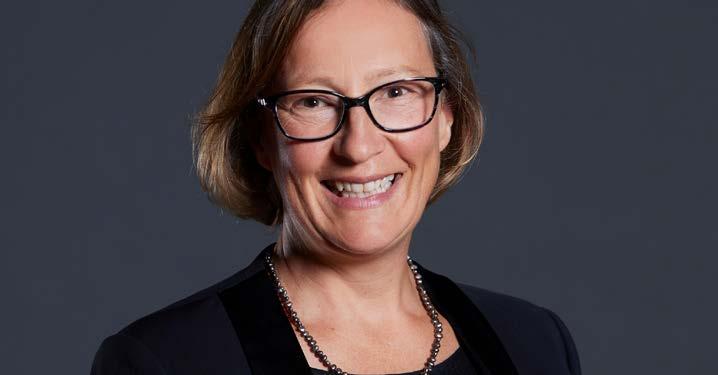
Jack Schiller was appointed Principal Bassoon of the MSO in 2013. He previously held a contract position with the Sydney Symphony Orchestra as Associate Principal Bassoon and was an SSO Fellow under the mentorship of Matthew Wilkie. He regularly collaborates with colleagues and friends to play chamber music and is a founding member of the Melbourne Ensemble. As a chamber musician, he has performed at Musica Viva’s Huntington Estate Music Festival, the Australian Festival of Chamber Music in Townsville, Music By the Springs (Hepburn Springs), the Sydney Opera House Utzon Room and the Ukaria Cultural Centre in Adelaide. As a soloist, he has performed with the Melbourne and Tasmanian symphony orchestras, Orchestra Victoria and Melbourne Chamber Orchestra, and with the MSO he gave the premiere of Matt Laing’s concerto Of Paradise Lost. He also gave the premiere of The Song of the Wombat, a solo work by Rachel Bruerville.
Jack is an alumnus of the Australian National Academy of Music, where he studied with Elise Millman and won the concerto and chamber music competitions as well as the Director’s Prize. He has also studied with the Mark Gaydon (Adelaide Symphony Orchestra), including two years at the Elder Conservatorium, and has been a member of the Australian Youth Orchestra.
Position supported by Dr Harry Imber
Elise Millman has held the position of Associate Principal Bassoon at the MSO since 2001.
Growing up in Melbourne, Elise enjoyed playing the piano and recorder during primary school, before continuing her musical education at Blackburn High School, where she began playing the bassoon. She studied at the Victorian College of the Arts with Harold Evans, and then played with the Adelaide Symphony Orchestra before joining Orchestra Victoria as Associate Principal Bassoon. In 2000, prior to her appointment to the MSO, she was Guest Principal Bassoon for the Tasmanian Symphony Orchestra.
During 1992, Elise furthered her studies in The Netherlands with Joep Terway (Royal Concertgebouw Orchestra) with the support of the Willem van Otterloo Scholarship.
Elise also enjoys playing chamber music.
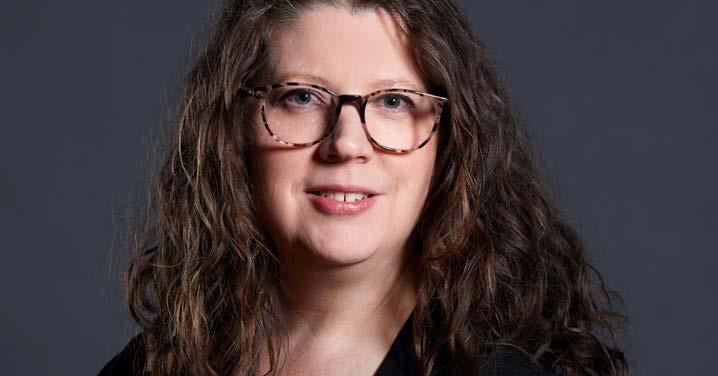
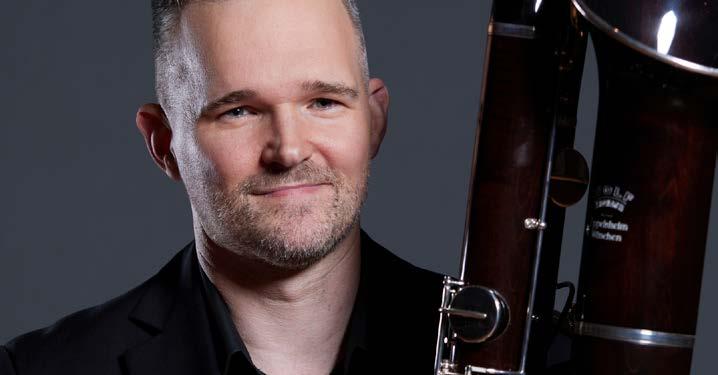
Natasha Thomas has held the position of Second Bassoon with the MSO since 2006. She grew up in Perth and started playing bassoon while in high school at Perth Modern School. She went on to complete a degree in Music Performance at the University of Western Australia, studying bassoon, contrabassoon and Baroque and Classical bassoons.
From 1996 to 2000, Natasha was Principal Contrabassoon with the West Australian Symphony Orchestra, appearing as a soloist with the orchestra in the world premiere of Roger Smalley’s Contrabassoon Concerto. While in Perth she also performed regularly on historical bassoons with the Australian Chamber Orchestra, Australian Brandenburg Orchestra and Florilegium.
Natasha relocated to Melbourne in 2000 and enjoyed a busy freelance schedule performing with the MSO, Orchestra Victoria, and the Adelaide, Tasmanian and Queensland symphony orchestras.
When not bassooning or reedmaking, Natasha likes to keep her hands busy knitting and crocheting.
Brock Imison has held the position of Principal Contrabassoon with the MSO since 2004. Born in Brisbane, he completed his studies at the Queensland Conservatorium of Music. He has appeared with the Queensland, Sydney, Tasmanian, West Australian and New Zealand symphony orchestras, as well as the Auckland Philharmonia, Australian World Orchestra, Opera Australia Orchestra and Australian Chamber Orchestra. In 2008 he toured as soloist with the MSO, performing his own contrabassoon transcription of Carl Maria von Weber’s Bassoon Concerto.
In addition, Brock performs with several historically informed performance (HIP) ensembles, including Pinchgut Opera, Orchestra of the Antipodes, Australian Romantic & Classical Orchestra, Australian Haydn Ensemble, Australian Brandenburg Orchestra, Genesis Baroque, Van Diemens Band, and the Melbourne Baroque Orchestra. To fascinate all these groups, Brock has amassed a collection of 15 bassoons. He is also a founding member of Unholy Rackett, an ensemble dedicated to performing Renaissance and early Baroque music on weird and wonderful double-reed instruments. When not bassooning, he enjoys collecting rare alpine and woodland plants for his garden in Mount Macedon.
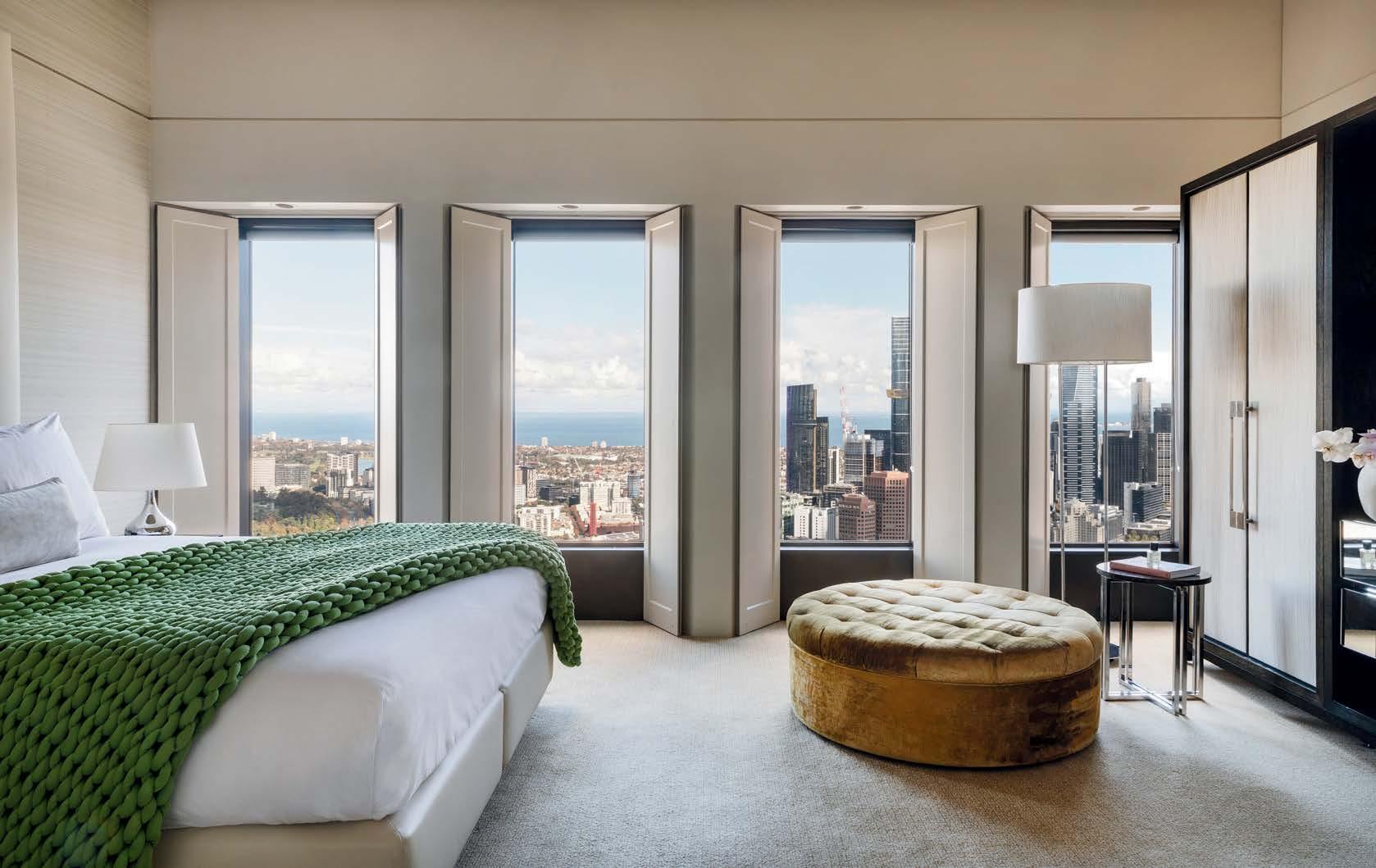
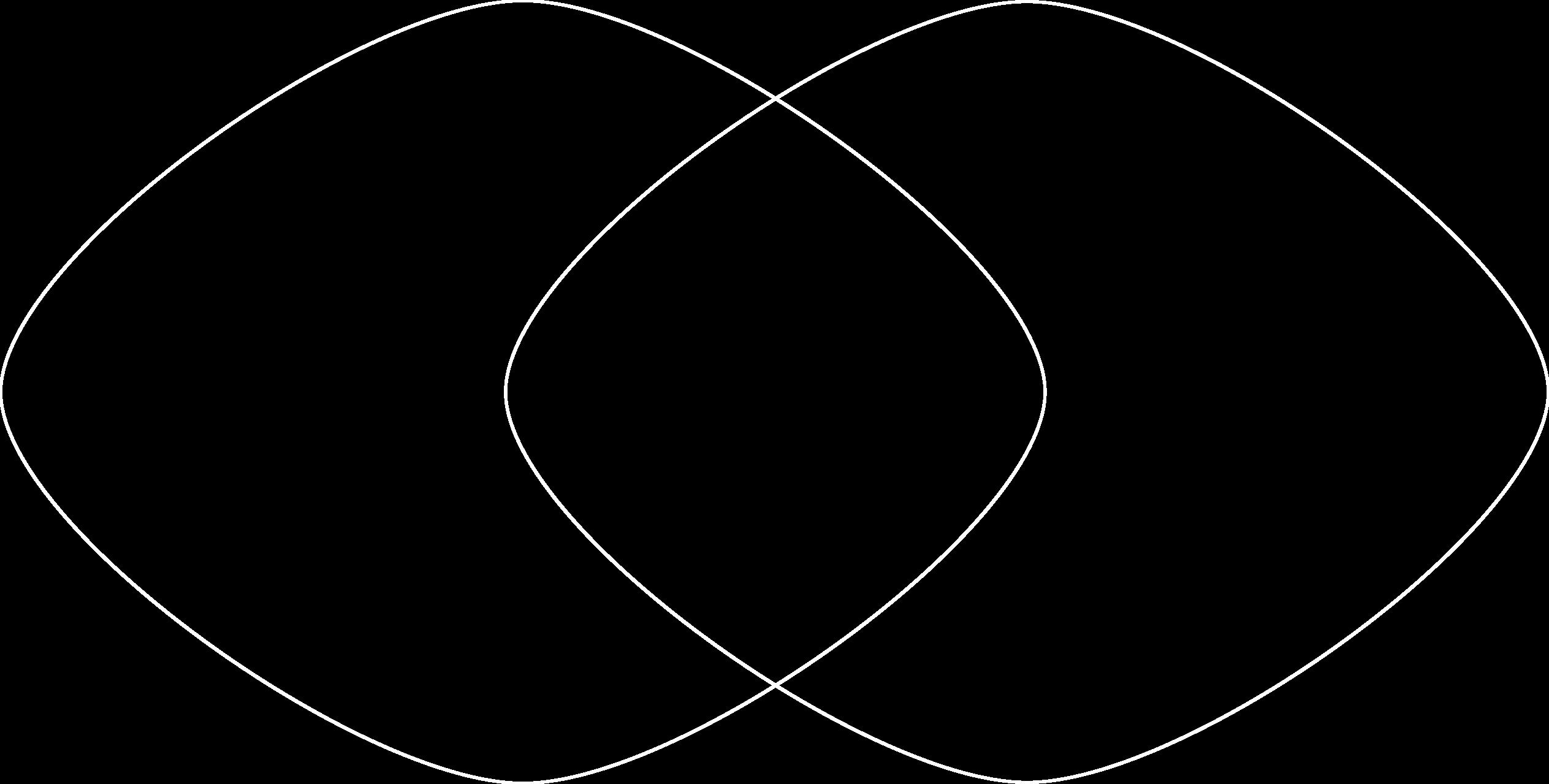





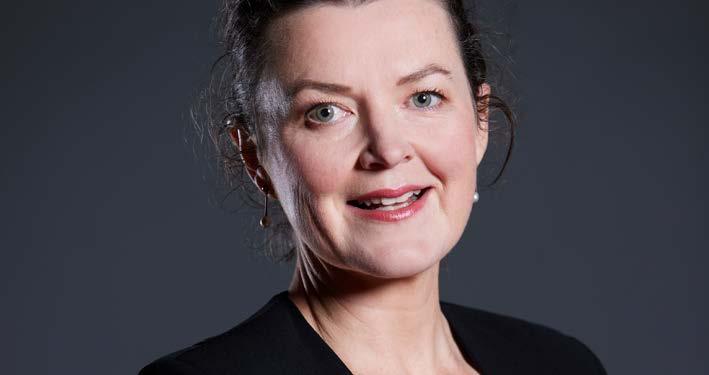
Sarah Curro graduated in 1994 from the Queensland Conservatorium of Music, where she was awarded the Conservatorium Medal for Excellence. In 1997, she won the Dorcas McLean Travelling Scholarship for Violinists, which led her to study and later teach at the Hong Kong Academy for Performing Arts. From 1999 to 2002, she was a member of the Hong Kong Philharmonic Orchestra. In Australia, Sarah has performed with the Australian Chamber Orchestra, Queensland Philharmonic and Symphony orchestras, Tasmanian Symphony Orchestra and Orchestra Victoria, and she is currently a full-time member of the MSO.
Beyond traditional violinist roles as a performer and educator, Sarah’s ventures focus on the discovery, purchase and promotion of new, mostly local, creations across various art forms, particularly music. In recent years she has commissioned a series of 40 solo violin pieces, VOLUME, intended to showcase the unique semi-acoustic instruments of Melbourne’s Spur Violins. In addition to her own performances of these pieces, presenting them in modern venues to an ever-widening audience, their publication as The VOLUME Collection – a COVID project – has enabled more adventurous violinists to explore the exciting sound worlds of contemporary music.
Position supported by Dr Harry Imber
Philippa West has been a proud member of the MSO Second Violin section since 2010. She began lessons in Adelaide after attending concerts and being enchanted by the sound and facility of the violinists. After moving to Brisbane with her family, she continued her studies at the Queensland Conservatorium of Music School under Marguerite Sopinski. She also began playing in the Queensland Youth Orchestra, culminating in touring as Principal Second Violin before moving to Melbourne in 1997.
She completed her Music Performance degree at the Victorian College of the Arts, then received her Master of Music (Performance) degree from the University of Melbourne in 2001, studying under Mark Mogilevski. During this time she gained valuable experience as a casual player with the MSO, QSO and Orchestra Victoria. In 2001, Philippa won her first job in Orchestra Victoria, igniting a love for opera and ballet. She particularly relished the chance to work with Opera Australia and Victorian Opera, presenting chamber opera in remote Australian communities.
Philippa is fascinated and inspired by the interplay between musicians that chamber music affords, and she has played second violin in the Quartz quartet, alongside Merewyn Bramble, Zoe Wallace and her MSO colleague Kathryn Taylor, since 2017.
Position supported by Andrew Dudgeon AM


COMING UP IN THE MSO CHAMBER SERIES
Sunday 3 August at 11:00am Iwaki Auditorium,
ABC Southbank Centre
Curated by violinist Sarah Curro, a profound program responding to the futility of war, alongside some of the most poignant poetry of the 20th century. Music by Debussy, Britten, Webern and more.
Sunday 12 October at 11:00am Iwaki Auditorium,
ABC Southbank Centre
The Melbourne Ensemble presents a remarkable program that will encourage you to listen blindly and openly, allowing music to transport you to a spiritual realm. Hear Osvaldo Golijov’s klezmerinfluenced Dreams and Prayers of Isaac the Blind alongside the premiere of Gerard Brophy’s Magic of Daily Life, inspired by the sights and sounds of historic Istanbul.
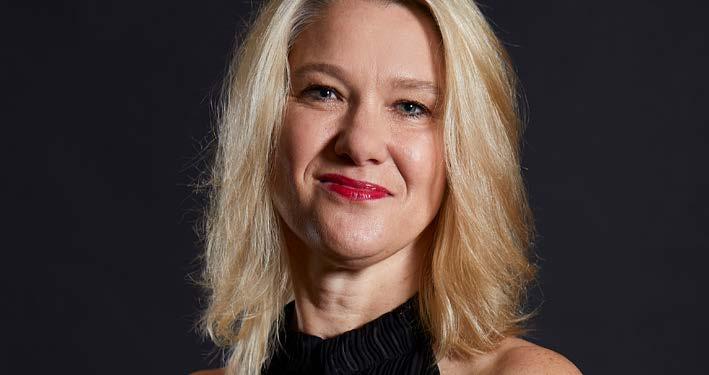
Fiona Sargeant’s career has been shaped by guidance from renowned mentors such as Hermann Voss, Ulrich Koch, Wolfram Christ and Gérard Caussé. While in Germany, she gained recognition as a finalist in the Maurice Vieux International Viola Competition.
She has held key roles, including Principal Viola with the Orchestre de Chambre de Lausanne, the Det Jyske Ensemble in Denmark, and Associate Principal Viola with the Melbourne Symphony Orchestra. She was also a founding member of the Australian World Orchestra’s viola section, performing with conductors Zubin Mehta, Simone Young, Simon Rattle and Alex Briger.
Fiona has collaborated with celebrated artists such as pianist Yefim Bronfman and violinist James Ehnes, and has performed at prestigious festivals such as the Port Fairy Spring Music Festival, Schwetzingen Festival in Germany and the Casals Festival in Puerto Rico.
In the past two years, Fiona has focused on solo viola performances, presenting highly praised recitals at Tempo Rubato in Brunswick.


Rohan de Korte has been a member of the MSO Cello section since 2009.
He began playing the cello at the age of five – choosing it because it was bigger than a violin – and studied with Henry Wenig and Nelson Cooke before opting for musical studies in Europe over a career in basketball (the Chicago Bulls hadn’t called). He studied with Valter Despalj in Croatia and with Claus Kanngiesser at the Cologne Hochschule for Music, as well as receiving chamber music lessons from the Alban Berg Quartet.
Returning to Australia in 2000, Rohan freelanced with the Sydney Symphony Orchestra before joining Orchestra Victoria as Associate Principal Cello. He plays a lot of chamber music with friends and has even tried composing – his debut piece, The Haunted House, is extremely popular with younger audiences.
Rohan plays a beautiful German cello made in 1720.
Position supported by Andrew Dudgeon AM
Benjamin Hanlon joined the MSO in 2011. He has also performed as a guest with the Sydney, Tasmanian, Queensland, Adelaide and New Zealand symphony orchestras, and the Melbourne Chamber Orchestra, including in principal roles with the MSO (Acting Principal 2020–22), TSO (Guest Principal, 2016–17 China tour) and NZSO. He has appeared as a recital and concerto soloist, as a featured artist on many film and television soundtracks and several chamber music albums, and with chamber music ensembles such as the Melbourne Ensemble and Plexus, as well as performing in the Melbourne Arts, Port Fairy Spring Music and Peninsula Summer Music festivals.
In addition to teaching double bass at VCASS, Ben has led masterclasses and ensembles at the Melbourne Conservatorium of Music, Queensland Conservatorium, Monash University, Victorian College of the Arts, Colburn Performing Arts Academy and ANAM. He has been a mentor and tutor for the Australian Youth Orchestra, Melbourne Youth Music, Scotch College and Zelman Symphony, and has volunteered his time for the MSO’s Pizzicato Effect and Fellowship programs in addition to many other MSO educational activities.
Ben is also a busy jazz musician, performing and recording with many of Australia’s finest jazz musicians and appearing at leading venues and festivals.
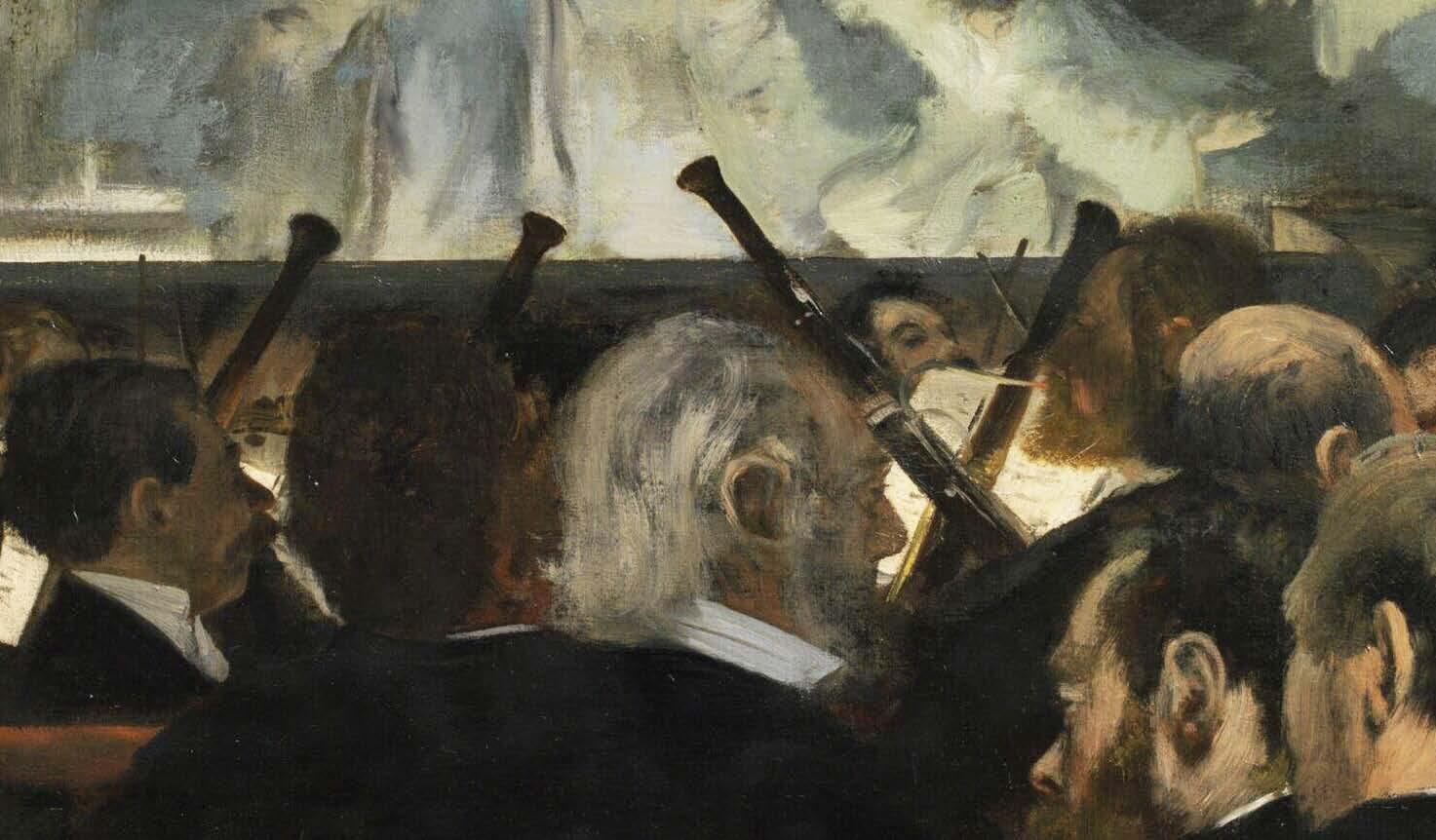
Before you experience the rare spectacle of four bassoons featured in one concert, it’s worth knowing a little bit about this member of the woodwind family. It’s a double reed instrument, so the sound begins when two pieces of cane (meticulously soaked and sculpted) vibrate together. The player’s airstream travels between the reeds and into the instrument to produce a sound that’s woody, warm and expressive. It’s a common sound in an orchestra, but few composers have placed it within a solo or chamber setting like this one.
Curator and MSO Principal Contrabassoon Brock Imison refused to accept the limits of the repertoire, so he decided to make his own Mozart Suite for four bassoons. It features original arrangements of music from three of Mozart’s operas and one piano concerto, all composed with other instruments in mind.
The suite opens with Imison’s version of the overture to The Abduction from the Seraglio, which Mozart wrote in 1782. It’s
speedy, virtuosic, and boasts a theatrical balance between tension and triumph. In the next movement, you may recognise the popular Queen of the Night aria from The Magic Flute (1791) – its stratospheric high notes entrusted here to one of the lowest instruments in the orchestra. With its brilliant and insistent passages, it’s a song about vengeance, with a touch of emotional blackmail.
The Adagio from Mozart’s Piano Concerto No. 23 in A major (K. 488, 1786) translates astonishingly well to bassoon, which doesn’t only assume the role of the piano soloist – it takes ownership of the gentle and contemplative melody. Imison’s suite wraps up with the Act II Finale from Don Giovanni (1787).
Meeelaan by Wynton Marsalis, on the other hand, was written especially for our double-reeded friend. A string quartet joins the solo bassoon in this bluesy composition, and Marsalis leaves expressive instructions for these players along the way. In the first movement (Blues),
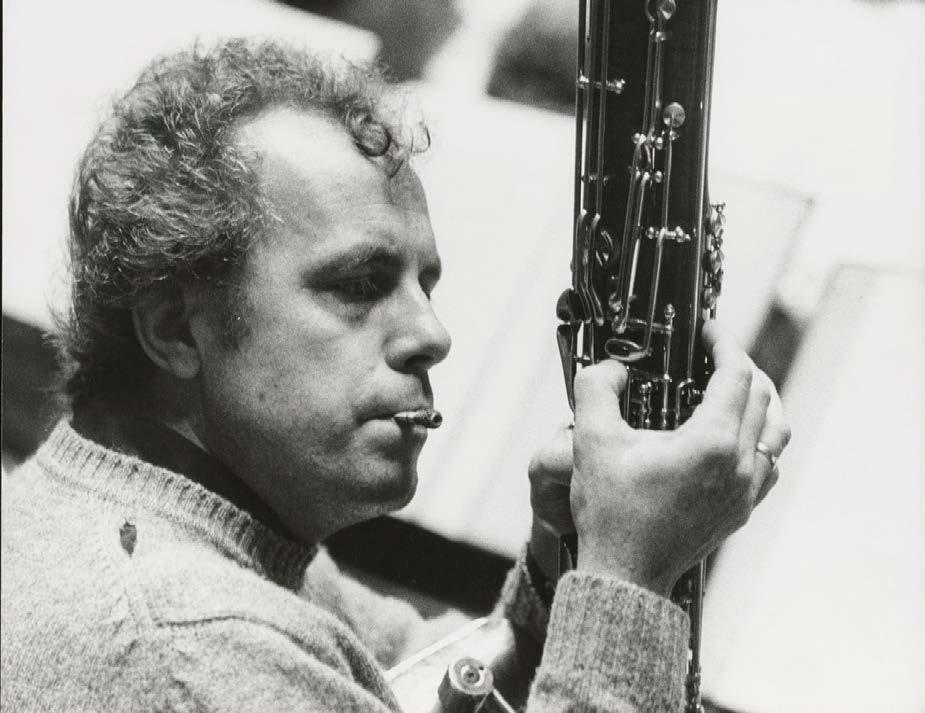
Above: Dutch composer Kees Olthuis (1940–2019) was himself a bassoonist.
Facing: Detail from Edgar Degas’ Ballet Scene from ‘Robert le Diable’ (1876), with four bassoons, as Brock Imison describes it, sticking out of the orchestra like periscopes.
the bassoonist should play ‘sexily’ to a ‘mysterious’ beat. The second movement is a heartwarming Tango, while strings ‘bounce’ through the third (Bebop) as the bassoon plays ‘with fire’. The American composer-trumpeter wrote Meeelaan for bassoonist Milan Turković, and the title is a phonetic spelling of its dedicatee’s name. In 1998, the two musicians toured together with the Chamber Music Society of Lincoln Centre. This piece premiered just a couple of years later in the United States.
We then delve back into the creative mind of Imison for another unique arrangement: the Sonata a 4 by Giovanni Battista Riccio. This satisfyingly structured singlemovement work appears in Riccio’s Third Book of Divine Musical Praises (1620).
The Italian Baroque composition will take you back – so far back that our modern bassoon hadn’t been invented yet! But today’s instrument was certainly around in 2015 when Australian composer Gerard Brophy crafted Four Branches, an
exercise in texture, focus, and interaction between the players, whose parts are closely intertwined.
Kees Olthuis’s Introduction and Allegro for bassoon, contrabassoon and string quintet brings the concert to a cinematic end, shifting the mood from exhilarated to curious in less than a minute. You’ll then hear sonorous tones from the bassoons who take turns in this unsettling conversation. The strings don’t hesitate to interject like members of a crowd, protesting and steering the winds’ debate. The Dutch composer, who was himself a bassoonist with the Royal Concertgebouw Orchestra and the Netherlands Wind Ensemble, brings his 2000s work to an undeniably Psycho-esque conclusion.
Stephanie Eslake © 2025
